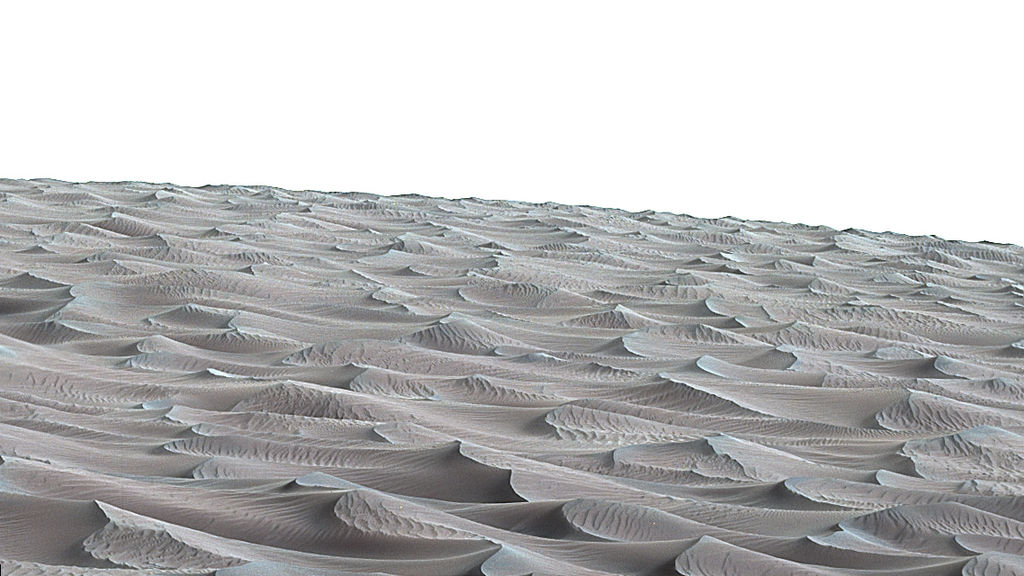
Since landing in 2012, the Curiosity rover has seen a lot of varied terrain within Gale crater, including ancient riverbed gravel, sandstone and mudstone rock outcrops, sand ripples finely sculpted by the Martian wind, and, of course, Mount Sharp looming above. Now the rover has reached a new type of landform previously only seen from orbit: a field of huge sand dunes.
Sand dunes are very common on Mars, just as they are in deserts on Earth, but until now they had only been viewed by orbiting spacecraft. None of the landers or rovers had been close to any of them; they have photographed smaller sand ripples, but not actual dunes, which are larger. Curiosity has seen its share of sand ripples during its traverse so far, but now it has reached the edge of a field of massive dunes called the Bagnold Dunes, which stretch partway around the base of Mount Sharp on the northwestern side. Their distinctive darker color makes them stand out starkly against the surround terrain, and they are similar to other such dunes elsewhere on the planet. The rover is currently examining the first of these dunes, called High Dune.
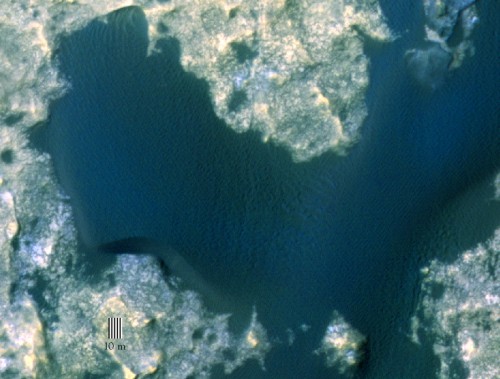
These dunes are much larger than the small ripples seen previously, with quite steep edges in places and reaching up to two stories tall. The dunes themselves are covered in smaller sand ripples, giving them a uniquely textured appearance.
According to Nathan Bridges of the Johns Hopkins University’s Applied Physics Laboratory, Laurel, Md., “These dunes have a different texture from dunes on Earth. The ripples on them are much larger than ripples on top of dunes on Earth, and we don’t know why. We have models based on the lower air pressure. It takes a higher wind speed to get a particle moving. But now we’ll have the first opportunity to make detailed observations.”
As mentioned previously on AmericaSpace, the dunes here are considered to be “active” since they are still slowly migrating across the surface, as much as 3 feet (1 meter) per Earth year. Curiosity had also earlier seen ancient petrified dunes which have become hardened rock over time.
“We’ve planned investigations that will not only tell us about modern dune activity on Mars but will also help us interpret the composition of sandstone layers made from dunes that turned into rock long ago,” said Bethany Ehlmann of the California Institute of Technology and NASA’s Jet Propulsion Laboratory, both in Pasadena, Calif.
The rover is studying the dunes by both scuffing them with its wheels and using its onboard laboratory to analyze samples of the sand. These will be the first sand dunes ever examined up close on another planet. Curiosity has also, of course, sent back many gorgeous images of these alien dunes; they are aesthetically beautiful as well as being of great scientific interest to the mission team.
“We will use Curiosity to learn whether the wind is actually sorting the minerals in the dunes by how the wind transports particles of different grain size,” Ehlmann said.
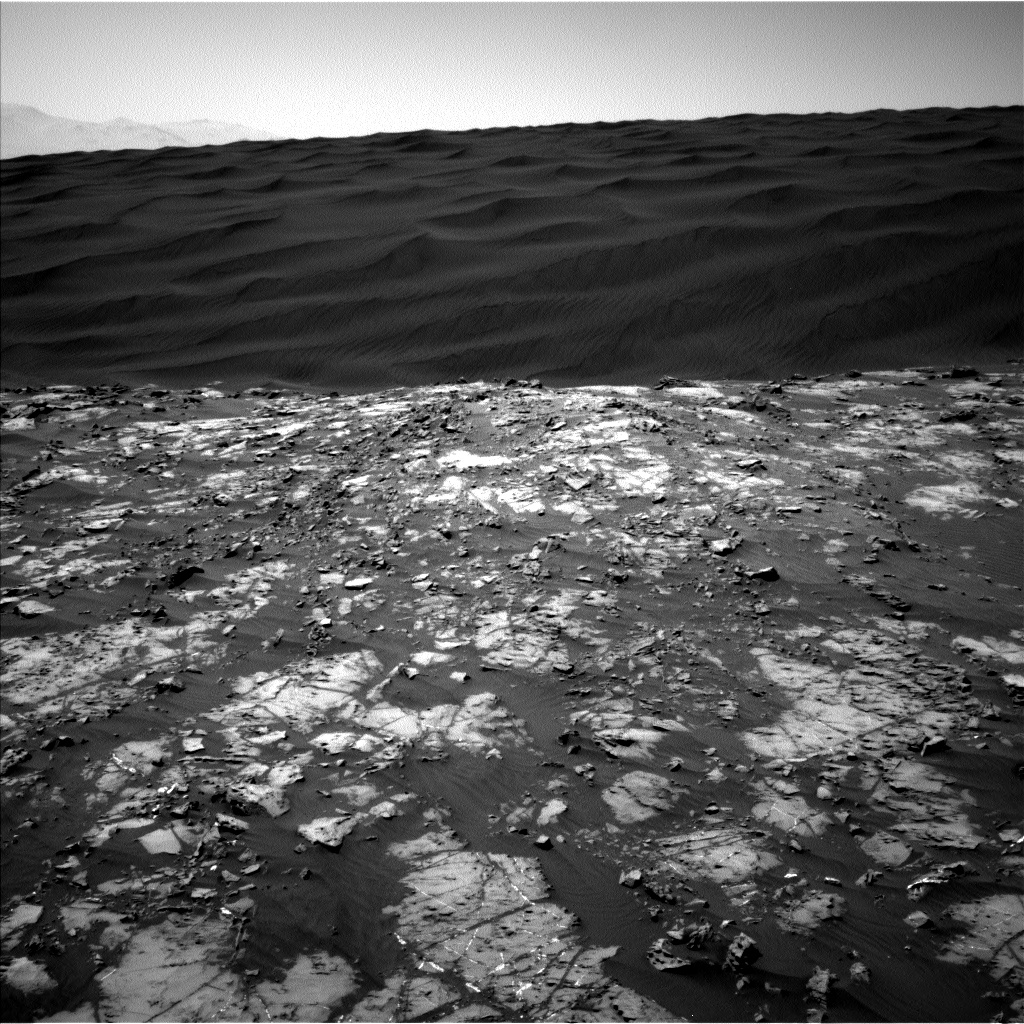
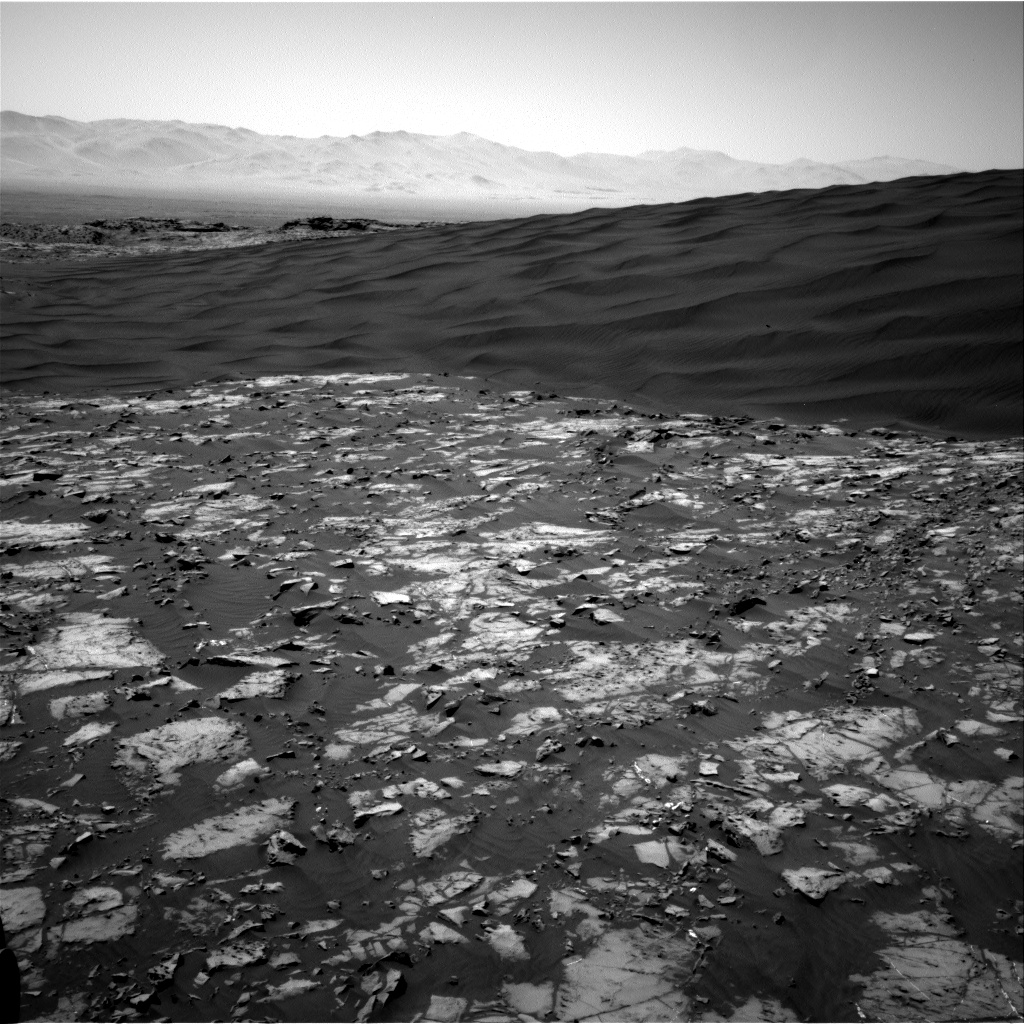
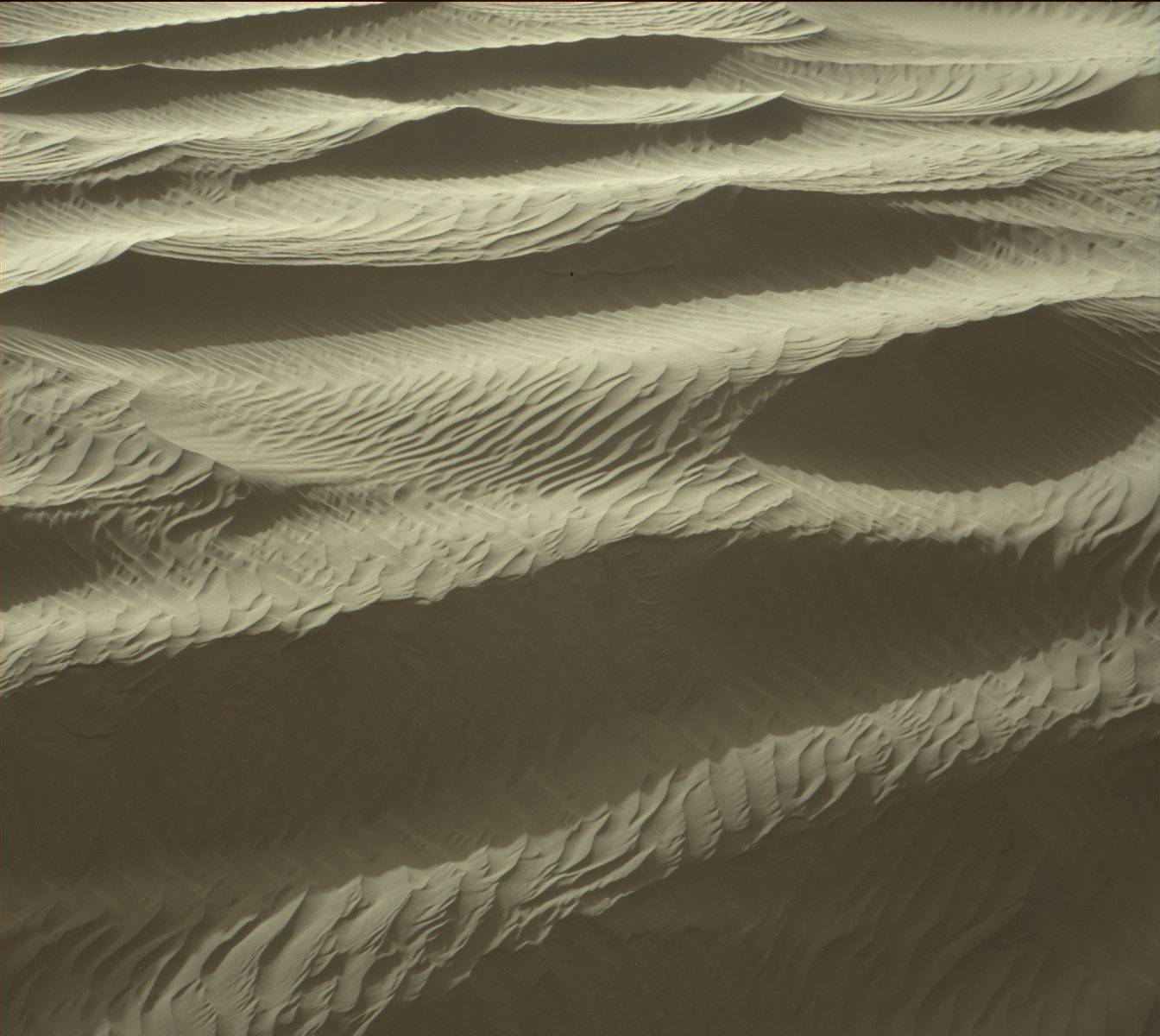
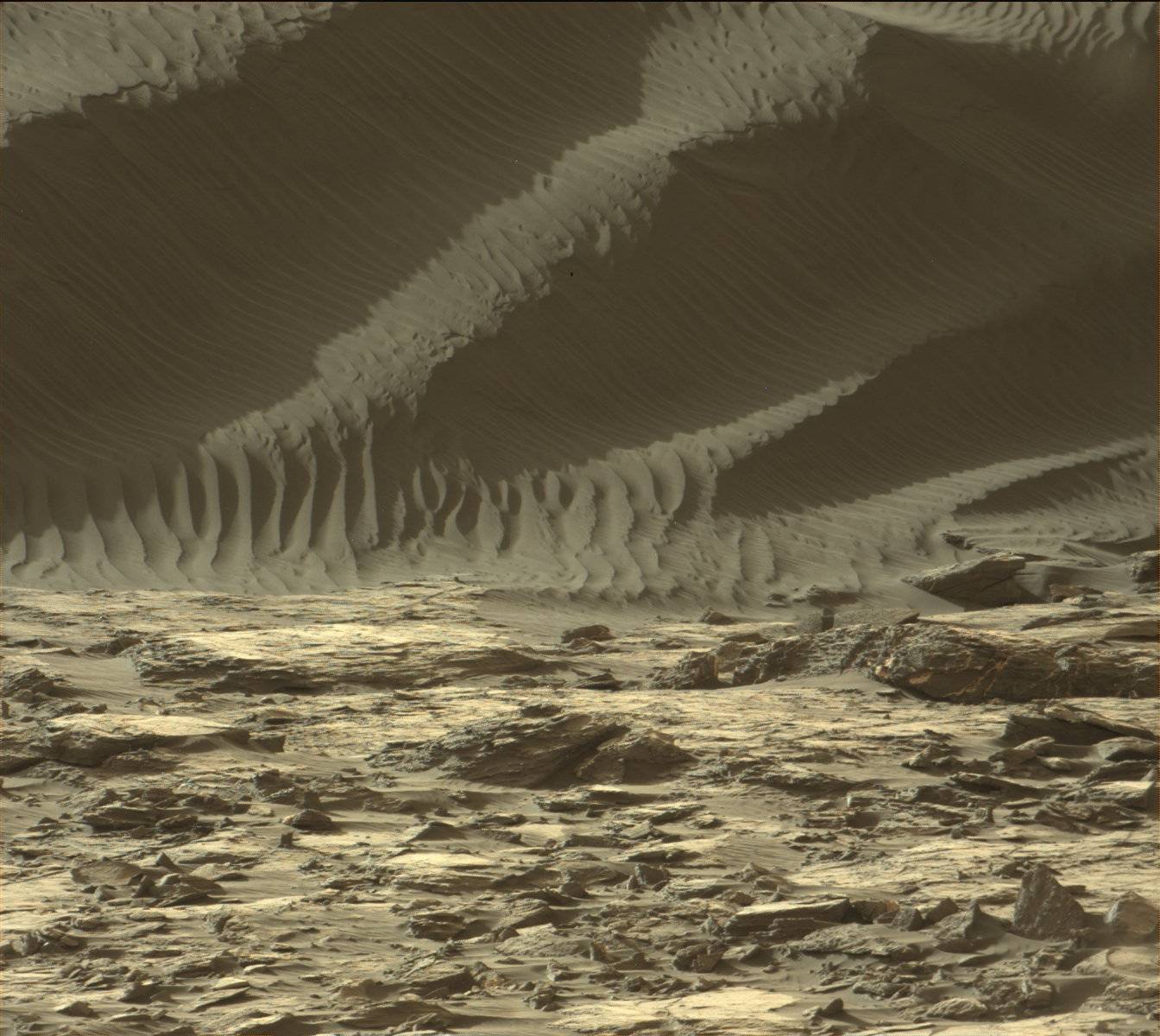
Close-up images of the sand taken by the Mars Hand Lens Imager (MAHLI) camera on the rover show a mixture of coarse grains which have remained after smaller particles were removed by the wind.
A sand dune is basically a hill of sand created by wind or water, and can form in various shapes and sizes. Dunes are usually longer on the windward side, with a shorter “slip face” in the lee of the wind. A sand drift, or ripple, however, is a smaller accumulation of sand which drifts downwind in the lee of an obstacle. At Bagnold, the dunes are the large, dark sand formations, which in turn are covered in smaller sand drifts. Even though Mars’ atmosphere is much thinner than Earth’s, winds can still move sand grains around and form dunes and ripples.
Curiosity is now moving toward the next large dune nearby called Namib Dune. After crossing through the dunes, Curiosity will continue to gradually make its way up the lower slopes of Mount Sharp and into the scenic foothills. The buttes and mesas are very reminiscent of the American southwest, and could almost be mistaken for such if it weren’t for the dusty reddish Martian sky. The Martian dunes are also a beautiful reminder of home, yet uniquely alien at the same time. Perhaps future astronauts will one day use Martian dune buggies to further explore them?
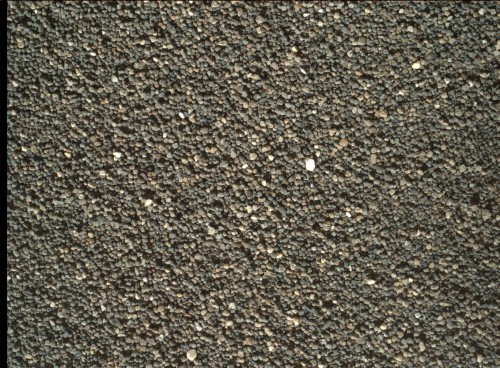
“The only thing more stunning than these images is the thought that Curiosity will be driving through those lower hills one day,” said Curiosity Project Scientist Ashwin Vasavada. “We couldn’t help but send a postcard back to all those following her journey.”
Along with the sand dunes, Curiosity has shown how Mars used to be even more Earth-like in this region, with lakes and rivers.
“What we thought we knew about water on Mars is constantly being put to the test,” said Michael Meyer, lead scientist for NASA’s Mars Exploration Program at NASA Headquarters in Washington. “It’s clear that the Mars of billions of years ago more closely resembled Earth than it does today. Our challenge is to figure out how this more clement Mars was even possible, and what happened to that wetter Mars.”
Elsewhere on Mars, the Opportunity rover is now entering its seventh Martian winter. Unlike previous years, however, the rover is expected to remain active instead of hibernating. The rover will use the tilt of a Sun-facing slope to keep its solar panels pointed toward the Sun and maintain power during the winter months.
“Our expectation is that Opportunity will be able to remain mobile through the winter,” said Mars Exploration Rover Project Manager John Callas of NASA’s Jet Propulsion Laboratory, Pasadena, Calif.
The shortest daylight period of this winter will come in January 2016. Opportunity has finished a “walkabout” survey of its current location in Marathon Valley, which is on the rim of the huge Endeavour crater. The rover is now zeroing in on rock outcrops which contain clay minerals, as identified previously from orbit, which will provide more information about past water activity in this region.
The Spirit rover had also previously studied some dark Martian sand up close in Gusev crater, but that was a large ripple field, called El Dorado, instead of a dune field.
The rovers as well as other landers and orbiters have revolutionized our understanding of Mars and how it changed from a once warmer and wetter world to the much drier and colder one we see today. Being able to examine a large dune field on Mars for the first time will help scientists to even better understand this process and how Martian winds continue to shape the landscape today.
More information about the Curiosity rover mission is available here.
Want to keep up-to-date with all things space? Be sure to “Like” AmericaSpace on Facebook and follow us on Twitter: @AmericaSpace
Missions » InSight » Missions » MAVEN »



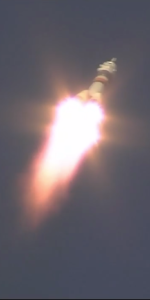
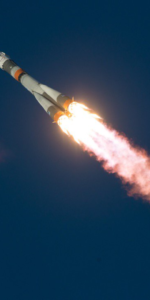
2 Comments
2 Pings & Trackbacks
Pingback:Evidence From Curiosity Rover Shows Mars Once Had Oxygen-Rich Atmosphere « AmericaSpace
Pingback:Evidence from Curiosity Rover Shows Mars Once Had Oxygen-Rich Atmosphere – Earth Mystery News